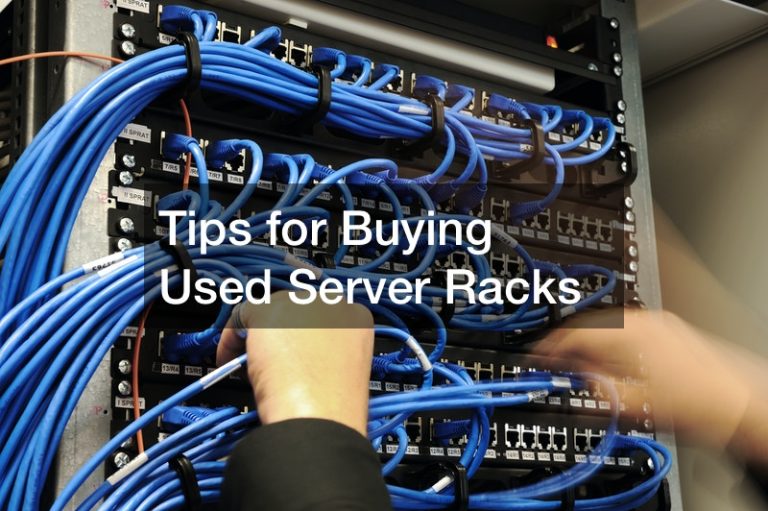

Sometimes the success of your company is dependent upon very specific decisions. The computer server manufacturing industry, for example, generates an estimated $14 billion in revenue annually, but a variety of decisions and choices contribute to the success and failure of these companies.
While programers, testers, and salespeople are often seen as the heart of the software industry, it is often the engineers and logistics team designing and creating the data centers that have the most impact on the reliability of any solution.
For example, making the decision on server rack enclosure sizes is one beginning step in the design phase of any data center. Choice of server rack sizes and server rack accessories are just part of the decisions that companies need to make as they prepare to order from one of the estimated 334 computer server manufacturing companies in the United States. In fact, the U.S. computer server manufacturing industry employs an estimated 9,566 people.
Server rack cabinets are important to your business success because of three basic functions/reasons:
- They provide space for vital equipment
- They keep equipment cool
- They minimize downtimes
Selecting server rack sizes depends on the amount of space your data center has available as well as a complete understanding of the number of servers you currently have, as well as a prediction for growth. While the depth and width for a server rack case is measured in inches, the height is listed in a measurement referred to a rack. One rack unit equals 1.75 inches, with compliant equipment measured in multiples of “U.” In one midwest data center, for example, the standard choice is 42u high. The enclosure dimensions are 24 inches wide and 48 inches high. This supports standard 19 inch rack mounted equipment, but has additional room for power distribution units, cable management, etc.
Server rack sizes are just one part of the logistics of any company’s data center. In addition to deciding how many server racks you need, the engineers will also need to determine how much power is needed for the racked equipment, as well as researching and ensuring that the racks themselves will fit fit through any necessary doorways. Additionally, you need to make sure you have adequate floor space and that servers are loaded correctly into the racks. Obviously, it is essential to load the heaviest components on the bottom racks so that the racks remain balanced and safe. A top heavy rack would be less stable and could tip causing costly repairs.




